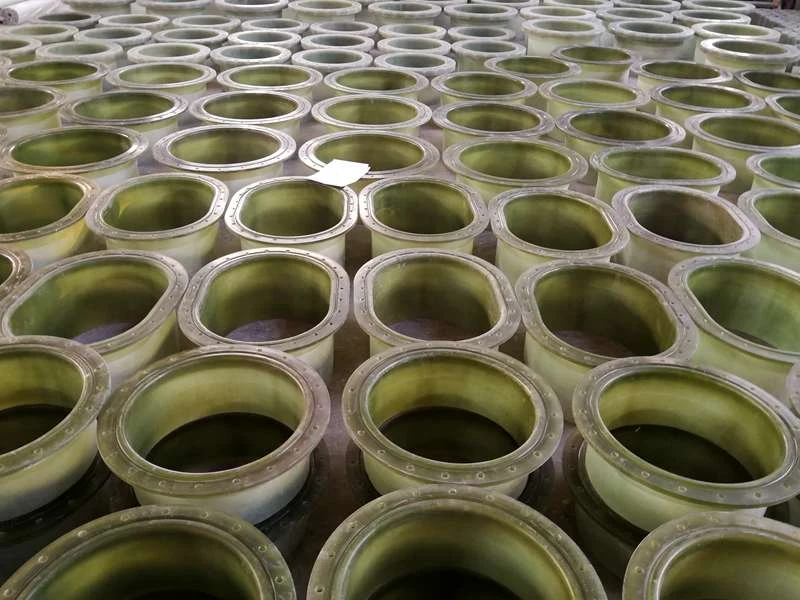
-
 Afrikaans
Afrikaans -
 Albanian
Albanian -
 Amharic
Amharic -
 Arabic
Arabic -
 Armenian
Armenian -
 Azerbaijani
Azerbaijani -
 Basque
Basque -
 Belarusian
Belarusian -
 Bengali
Bengali -
 Bosnian
Bosnian -
 Bulgarian
Bulgarian -
 Catalan
Catalan -
 Cebuano
Cebuano -
 China
China -
 China (Taiwan)
China (Taiwan) -
 Corsican
Corsican -
 Croatian
Croatian -
 Czech
Czech -
 Danish
Danish -
 Dutch
Dutch -
 English
English -
 Esperanto
Esperanto -
 Estonian
Estonian -
 Finnish
Finnish -
 French
French -
 Frisian
Frisian -
 Galician
Galician -
 Georgian
Georgian -
 German
German -
 Greek
Greek -
 Gujarati
Gujarati -
 Haitian Creole
Haitian Creole -
 hausa
hausa -
 hawaiian
hawaiian -
 Hebrew
Hebrew -
 Hindi
Hindi -
 Miao
Miao -
 Hungarian
Hungarian -
 Icelandic
Icelandic -
 igbo
igbo -
 Indonesian
Indonesian -
 irish
irish -
 Italian
Italian -
 Japanese
Japanese -
 Javanese
Javanese -
 Kannada
Kannada -
 kazakh
kazakh -
 Khmer
Khmer -
 Rwandese
Rwandese -
 Korean
Korean -
 Kurdish
Kurdish -
 Kyrgyz
Kyrgyz -
 Lao
Lao -
 Latin
Latin -
 Latvian
Latvian -
 Lithuanian
Lithuanian -
 Luxembourgish
Luxembourgish -
 Macedonian
Macedonian -
 Malgashi
Malgashi -
 Malay
Malay -
 Malayalam
Malayalam -
 Maltese
Maltese -
 Maori
Maori -
 Marathi
Marathi -
 Mongolian
Mongolian -
 Myanmar
Myanmar -
 Nepali
Nepali -
 Norwegian
Norwegian -
 Norwegian
Norwegian -
 Occitan
Occitan -
 Pashto
Pashto -
 Persian
Persian -
 Polish
Polish -
 Portuguese
Portuguese -
 Punjabi
Punjabi -
 Romanian
Romanian -
 Russian
Russian -
 Samoan
Samoan -
 Scottish Gaelic
Scottish Gaelic -
 Serbian
Serbian -
 Sesotho
Sesotho -
 Shona
Shona -
 Sindhi
Sindhi -
 Sinhala
Sinhala -
 Slovak
Slovak -
 Slovenian
Slovenian -
 Somali
Somali -
 Spanish
Spanish -
 Sundanese
Sundanese -
 Swahili
Swahili -
 Swedish
Swedish -
 Tagalog
Tagalog -
 Tajik
Tajik -
 Tamil
Tamil -
 Tatar
Tatar -
 Telugu
Telugu -
 Thai
Thai -
 Turkish
Turkish -
 Turkmen
Turkmen -
 Ukrainian
Ukrainian -
 Urdu
Urdu -
 Uighur
Uighur -
 Uzbek
Uzbek -
 Vietnamese
Vietnamese -
 Welsh
Welsh -
 Bantu
Bantu -
 Yiddish
Yiddish -
 Yoruba
Yoruba -
 Zulu
Zulu
CPVC FRP Pipes A Durable Solution for Various Industrial Uses and Applications
CPVC-FRP Pipe A Reliable Choice for Industrial Applications
In the realm of industrial piping, the choice of materials plays a critical role in ensuring efficiency, durability, and longevity. Amidst various options available in the market, CPVC (Chlorinated Polyvinyl Chloride) reinforced with Fiber-Reinforced Polymer (FRP) has emerged as a leading choice for many industrial applications. This article explores the reasons why CPVC-FRP pipes are gaining popularity in industries ranging from chemical processing to wastewater management.
Understanding CPVC-FRP Pipes
CPVC pipes are known for their excellent resistance to corrosion, chemicals, and heat, making them ideal for transporting a wide range of fluids. When combined with fiber-reinforced polymers, the resulting CPVC-FRP pipes exhibit enhanced mechanical strength and reduced weight. This composite material combines the advantages of both components the chemical resistance of CPVC and the structural strength of FRP. The outcome is a pipe that is not only robust but also lightweight, making it easier to handle and install.
Advantages of CPVC-FRP Pipes
1. Corrosion Resistance One of the primary benefits of CPVC-FRP pipes is their superior resistance to corrosion. In industries that deal with aggressive chemicals or abrasive materials, traditional metal pipes are prone to rust and degradation over time. CPVC-FRP pipes, however, retain their integrity even in harsh environments, significantly reducing maintenance costs and prolonging service life.
2. Temperature Resistance These pipes can withstand a wide range of temperatures, from as low as -40°C to as high as 100°C. This feature makes them suitable for various applications, including hot water distribution, chemical processing, and other industrial processes that involve fluctuating temperatures.
3. Lightweight and Easy to Handle The combination of CPVC and FRP results in a lightweight product that facilitates easier transportation and installation. This aspect becomes particularly beneficial in large-scale projects where handling heavier materials could pose challenges, including increased labor costs and potential injuries.
4. Low Thermal Conductivity CPVC-FRP pipes exhibit low thermal conductivity, which helps in maintaining the temperature of the fluids being transported. This property is crucial in processes where temperature-specific conditions are essential for optimal performance.
5. Reduced Risk of Leaks The smooth internal surface of CPVC-FRP pipes minimizes turbulence and reduces the risk of leaks. This characteristic is particularly important for industries that handle volatile substances, where even minor leaks can lead to substantial financial losses or environmental hazards.
cpvc frp pipe a reliable choice for industrial applications ...

6. Environmental Impact With stringent regulations on industrial waste and pollution, industries are moving towards more sustainable choices. CPVC-FRP piping systems are eco-friendly as they do not leach harmful substances into the environment. Furthermore, their longevity and low maintenance requirements enhance their appeal in environmentally conscious industrial operations.
Applications of CPVC-FRP Pipes
The versatility of CPVC-FRP pipes allows for a wide range of applications across various industries. They are commonly used in
- Chemical Processing Due to their excellent resistance to corrosive chemicals, CPVC-FRP pipes are ideal for transporting acids, bases, and solvents.
- Water Treatment The durability and non-reactive nature of CPVC-FRP make them suitable for use in water treatment plants, including both potable water and wastewater applications.
- Pharmaceuticals In the pharmaceutical industry, the purity of transported substances is paramount. CPVC-FRP pipes align with these standards, providing a safe alternative for sensitive applications.
- Food and Beverage These pipes comply with hygiene standards, making them suitable for the food and beverage sector, where sanitation is critical.
Conclusion
In conclusion, CPVC-FRP pipes present a robust solution for industrial applications that demand resilience, efficiency, and safety. Their unique combination of properties—corrosion resistance, lightweight design, thermal stability, and environmental safety—positions them as a reliable choice across various sectors. As industries continue to evolve and seek more sustainable and durable piping solutions, CPVC-FRP pipes are likely to play an increasingly prominent role in the future. Embracing these advanced materials can lead to improved operational efficiency and significant long-term savings in maintenance and replacement costs.









